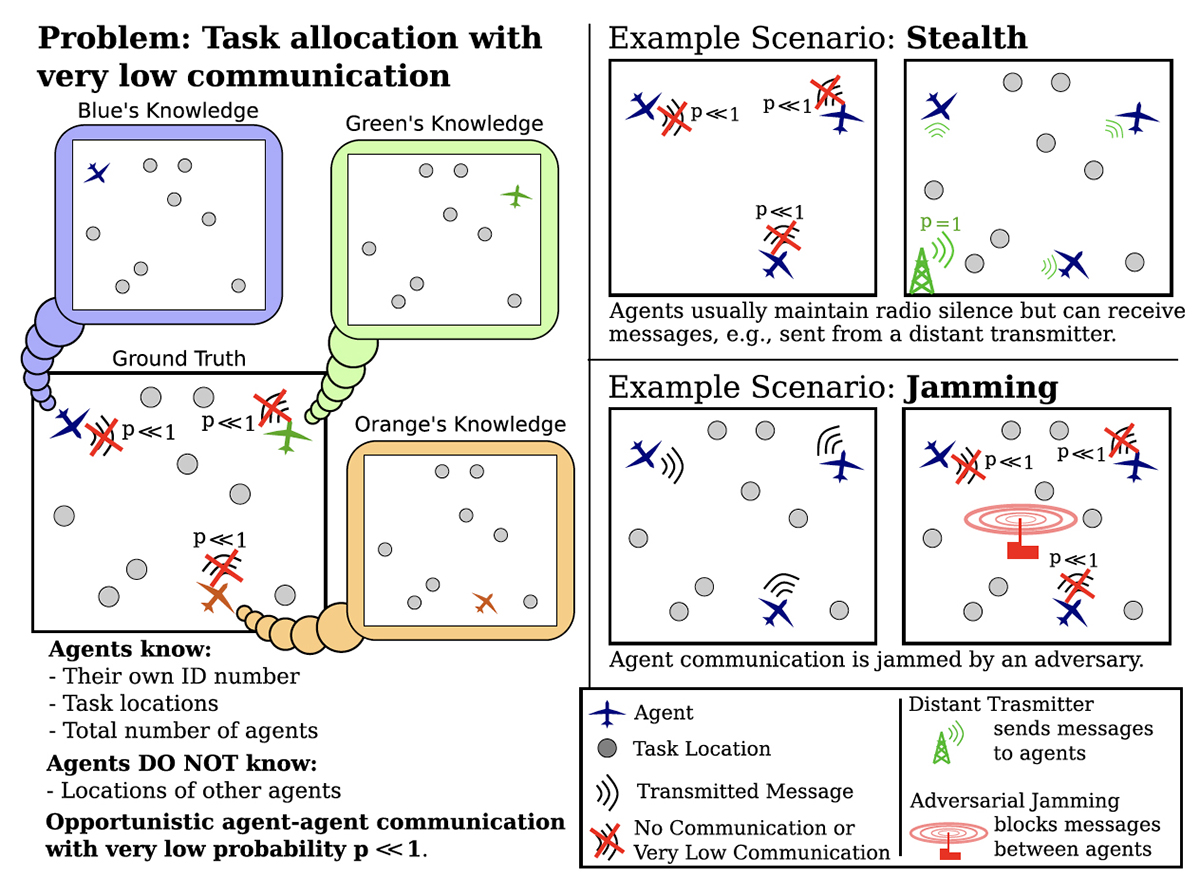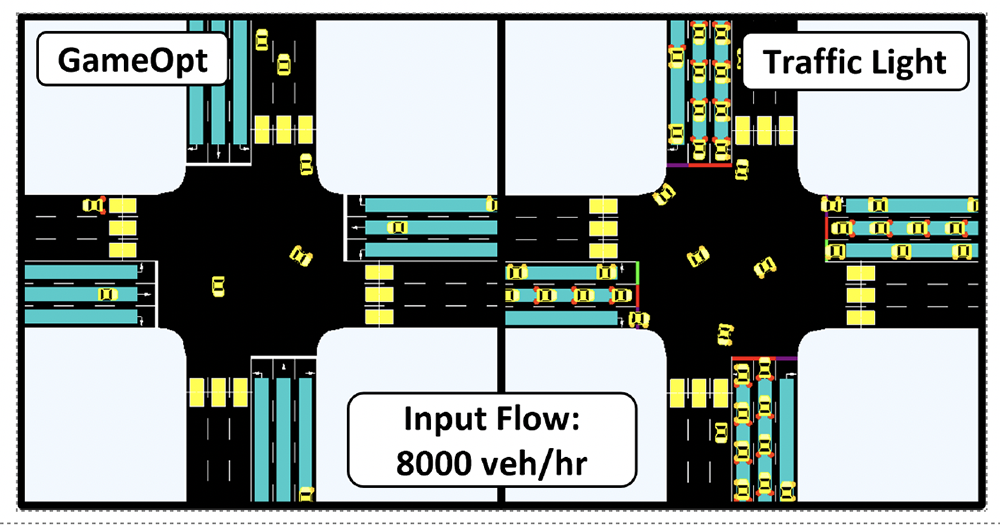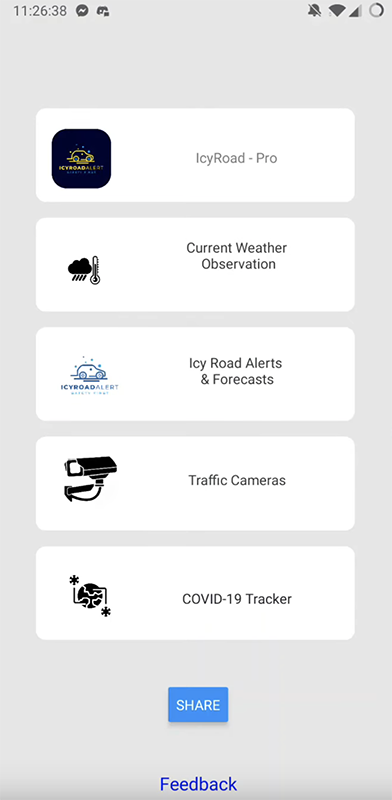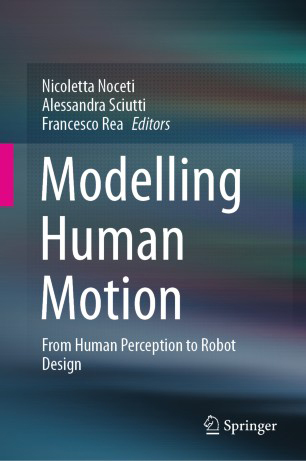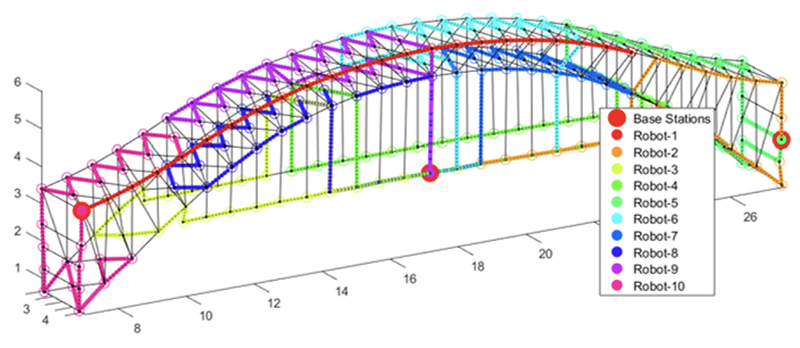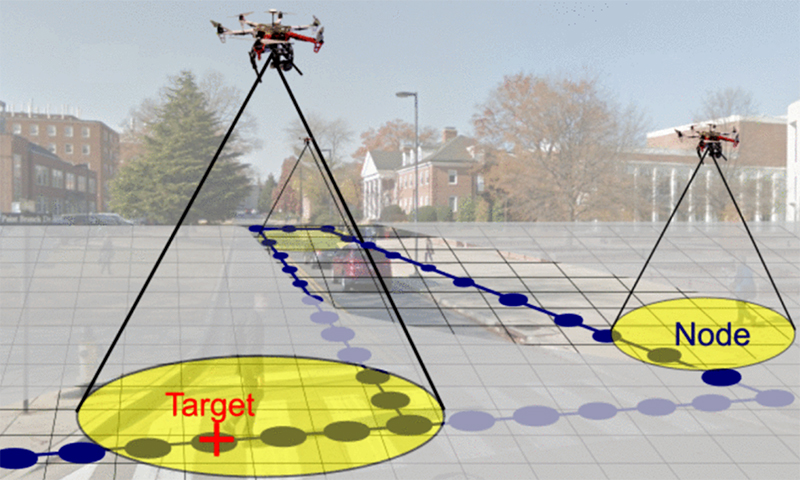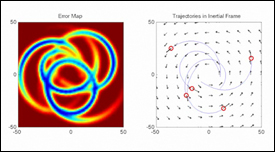News Story
ASTrA project to provide new tools for power generation, robotics, smart manufacturing
Large-scale systems with societal relevance, such as power generation systems, are increasingly able to leverage new technologies to mitigate their environmental impact. For example, they may harvest energy from renewable sources. Distributed networked systems can assist electricity users in scheduling and apportioning their consumption. They also can help local and national utility managers optimize the use of green energy sources while mitigating the effects of intermittence. In addition, these systems are capable of promoting fairness, equity and affordability.
New methods and computational tools and a new user-centric paradigm are needed for energy apportionment and distribution—and, more broadly, for trustworthy utility services.
Professor Nuno Martins (ECE/ISR) is the principal investigator for “ASTrA: Automated Synthesis for Trustworthy Autonomous Utility Services,” a three-year, $330K NSF collaborative research cyber-physical systems grant that will explore these new tools and paradigms.
This project addresses the challenges of modeling and designing large-scale, mixed-autonomy, multi-agent cyber-physical systems (CPS). Martins’ team will develop new scalable methods, algorithms, and tools for distributed decision-making strategies and system architecture design. Their work also will help automate the design of distributed CPS that coordinates decision-making in many applications, from robotic swarms to smart manufacturing and smart cities.
Their proposed framework, Automated Synthesis for Trustworthy Autonomous Utility Services (ASTrA), addresses the design challenges in three ways. First, it will use population games to model the effect of distributed decision-making infrastructures (DMI) on large populations of strategic agents. The DMIs will be realized via newly designed dedicated networked hybrid hardware architectures and algorithms. Second, ASTrA introduces a systematic, layered methodology to automate the design, verification, and validation of the DMIs from expressive representations of the requirements. Third, the researchers will produce a set of cutting-edge computational tools that will facilitate the methodology by enabling efficient reasoning about the interaction between discrete models—used to describe complex missions or embedded software components—and continuous models used to describe physical processes. The evaluation plan involves experimentation on a real testbed designed for zero-net-energy applications.
Published April 2, 2022

